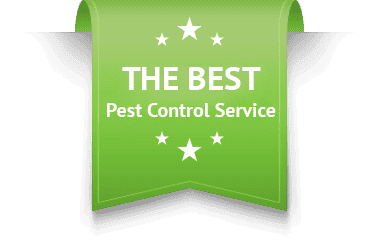Integrated Pest Management (IPM) is an environmentally friendly and sustainable approach to pest control that focuses on prevention, monitoring, and controlling pests through a combination of methods. This method is becoming increasingly popular as people become more aware of the negative effects of traditional pest control methods on the environment and human health. In this article, we will explore what IPM is and how it works.
What is Integrated Pest Management (IPM)?

Integrated Pest Management (IPM) is an approach to pest control that combines multiple methods to manage and control pests effectively. These methods include cultural, physical, biological, and chemical controls. The goal of IPM is to minimize the use of pesticides and instead focus on preventing pest problems through proactive measures.
How does IPM Work?
IPM works by using a combination of methods to control pests. These methods are implemented in a systematic and coordinated manner to achieve the best results. The following are the steps involved in an IPM program:
1. Inspection and Monitoring
The first step in IPM is to thoroughly inspect the area to identify potential pest problems. This includes looking for signs of pest activity, potential entry points, and conditions that may attract pests. Monitoring is also an important part of IPM, as it allows for early detection of pest problems and helps to determine the effectiveness of control methods.
2. Identification
Once pests have been identified, it is important to determine the species and the extent of the infestation. This information is crucial in determining the most effective control methods.
3. Prevention
The next step is to prevent pest problems from occurring in the first place. This can be achieved through proper sanitation, maintenance, and exclusion techniques. By removing potential food, water, and shelter sources, pests are less likely to be attracted to the area.
4. Control
If prevention methods are not enough, the next step is to implement control measures. This can include physical methods such as trapping or using barriers, biological methods such as introducing natural predators, and chemical methods such as using pesticides. The use of pesticides is only considered as a last resort and is done in a targeted and limited manner.
5. Evaluation
The final step in IPM is to evaluate the effectiveness of the control methods used. This involves monitoring the pest population and determining if further action is needed. If the pest problem is not fully resolved, the IPM process is repeated until the desired results are achieved.
Which of the following best describes Integrated Pest Management (IPM)?
Integrated Pest Management (IPM) is an integrated approach to pest control that combines multiple methods to manage and control pests effectively. This approach focuses on the prevention, monitoring, and control of pests through a combination of cultural, physical, biological, and chemical controls.
By using IPM, we can effectively manage pest problems while minimizing the negative impact on the environment and human health. If you are facing pest problems, consider implementing an IPM program to achieve long-term and sustainable results.
On The Fly Pest Solutions is a leading pest control company that implements IPM principles to provide effective pest management while minimizing the negative impacts on the ecosystem. Contact us for more information regarding IPM and the impact it can have on your home!

